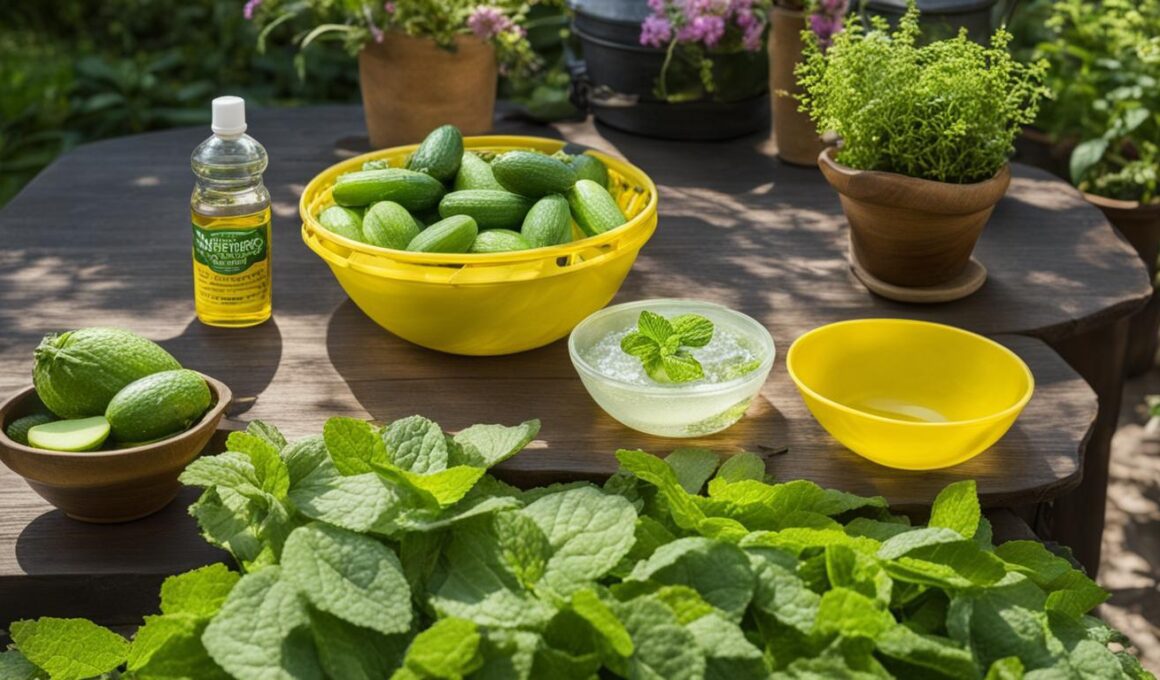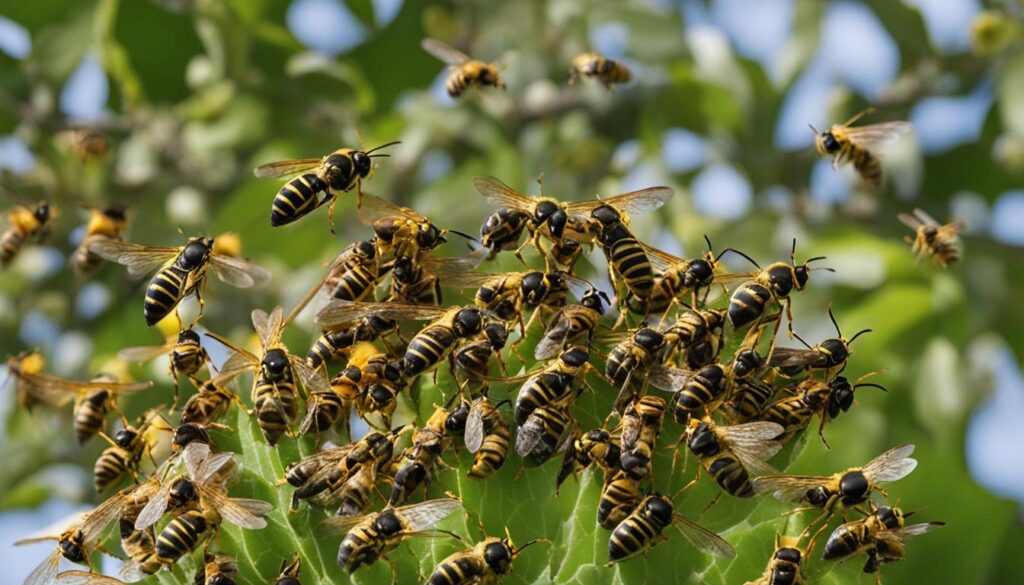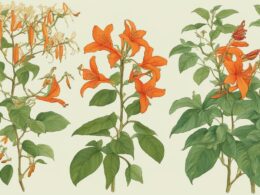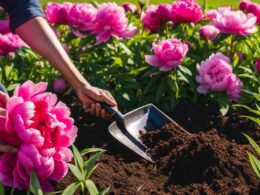Wasps can be a nuisance and pose a threat to those with allergies. To prevent a wasp infestation and safely remove them from your property, it’s important to take proactive measures. This article will provide you with effective strategies on how to prevent wasp infestation, get rid of wasps, and employ safe wasp removal techniques.
When it comes to keeping wasps away, prevention is key. By taking necessary steps to deter them, you can minimize the likelihood of nests being built on your property. Additionally, knowing the signs of a wasp infestation is crucial for prompt action. Recognizing increased wasp activity, nest locations, chewed wood, piles of dead insects, and aggressive behavior will help you take appropriate measures to address the issue.
Furthermore, understanding what attracts wasps to your yard is essential in keeping them at bay. Identifying common attractants like food sources, standing water, sheltered areas, and vibrant colors can help you make your yard less inviting to these stinging insects.
Lastly, it’s important to acquaint yourself with the most common types of wasps. Each species has unique characteristics and behaviors that may require different approaches for prevention and removal. By having knowledge about yellow jackets, mud daubers, hornets, and paper wasps, you’ll be better equipped to deal with them effectively.
Remember, when dealing with wasps, it’s crucial to prioritize your safety. If you’re unsure or facing a large infestation, it’s always best to consult a professional pest control company for safe and efficient removal.
Signs of a Wasp Infestation
To effectively deal with a wasp infestation, it’s crucial to recognize the signs of their presence. Here are some key indicators to watch out for:
- Increased wasp activity: If you notice large numbers of wasps flying around a concentrated area, it may indicate a nearby nest. This can be particularly evident during the warmer months when wasp populations are at their peak.
- Nesting sites: Wasp nests are commonly found in sheltered areas such as eaves, porches, and trees. They may also build nests in attics, sheds, or other secluded locations. Keep an eye out for these telltale signs of wasp activity.
- Traces of chewed wood: Wasps chew wood fibers to construct their nests. If you notice small pieces of chewed wood or paper-like material, it could be a sign of a nearby nest. Check for these remnants especially in areas where wasp activity is high.
- Piles of dead insects: Wasps feed on other insects, so finding piles of dead insects near your property can indicate their presence. Keep an eye out for clusters of deceased bugs that could be a food source for the wasps.
- Aggressive behavior: Wasps can become aggressive and attack if they feel threatened or their nest is disturbed. If you notice aggressive behavior from wasps, it’s important to take caution and seek professional assistance for safe removal.
By being aware of these signs, you can take prompt action to address a potential wasp infestation, keeping your property and loved ones safe.
Things That Attract Wasps to Your Yard
When it comes to keeping wasps away from your yard, it’s important to understand the factors that attract them in the first place. By eliminating these attractions, you can greatly reduce the likelihood of a wasp infestation. Here are some of the key things that tend to draw wasps to your yard:
- Food Sources: Wasps are particularly attracted to open food containers, pet food, fruit trees, and open trash cans. It’s important to keep your outdoor dining areas clean, secure your trash cans with tight-fitting lids, and promptly remove any fallen fruit from your trees.
- Water: Like any living creature, wasps need water to survive. Standing water in birdbaths, ponds, or other containers can serve as a magnet for them. To discourage wasps, make sure to regularly empty and clean your birdbaths, and fix any leaky outdoor faucets or pipes that create puddles.
- Shelter: Wasps seek shelter in various areas around your property, such as eaves, attics, and sheds. These concealed spaces provide ideal nesting locations. Regularly inspect these areas and seal any openings or cracks that could serve as entry points for wasps.
- Bright Colors: Wasps are attracted to bright colors, especially yellow and white. Avoid using these colors excessively in your outdoor decor, such as furniture, cushions, and tablecloths. Opt for more muted tones instead.
Additionally, wasps are also drawn to flowers with a sweet scent. While flowers are an essential part of any beautiful garden, it’s a good idea to choose varieties that are less appealing to wasps. Focus on flowers that have less fragrance or opt for plants with stronger scents that deter wasps, such as mint or marigolds.
To further minimize the likelihood of attracting wasps, make sure to keep your yard well-maintained and free of debris. Regularly remove the fallen leaves, branches, and other clutter that can provide hiding spots for wasps.
Most Common Types of Wasps
When it comes to dealing with different species of wasps, it’s crucial to have a good understanding of the most common types. By familiarizing yourself with these varieties, you can develop effective strategies for prevention and removal.
Yellow Jackets: Known for their aggressive behavior, yellow jackets are social wasps that often build their nests underground. They are attracted to sweet foods and can become a nuisance during outdoor activities, especially in late summer.
Mud Daubers: These solitary wasps are less aggressive than yellow jackets. Mud daubers feed on spiders and construct distinctive nests made of mud. While they are beneficial in controlling spider populations, their nests can be unsightly.
Hornets: closely related to yellow jackets, hornets can be more aggressive if their nest is disturbed. They build aerial nests made of paper-like material and are known for their painful stings. Hornets can pose a significant threat, especially to individuals with allergies.
Paper Wasps: Paper wasps build distinct nests using wood fibers obtained from plants. Their nests are typically shaped like umbrellas, attached to branches, eaves, or other structures. Paper wasps are less aggressive unless their nest is threatened.
By recognizing the characteristics of these common wasp species, you can better prepare yourself to deal with their presence and take appropriate measures for prevention and safe removal.
Can hiding a tree stump also help to keep wasps from building nests?
Yes, creative tree stump hiding ideas can also help keep wasps from building nests. By disguising or covering the stump with plants, rocks, or decorative elements, you can deter wasps from choosing it as a nesting site. These inventive hiding methods also add visual appeal to your outdoor space.










